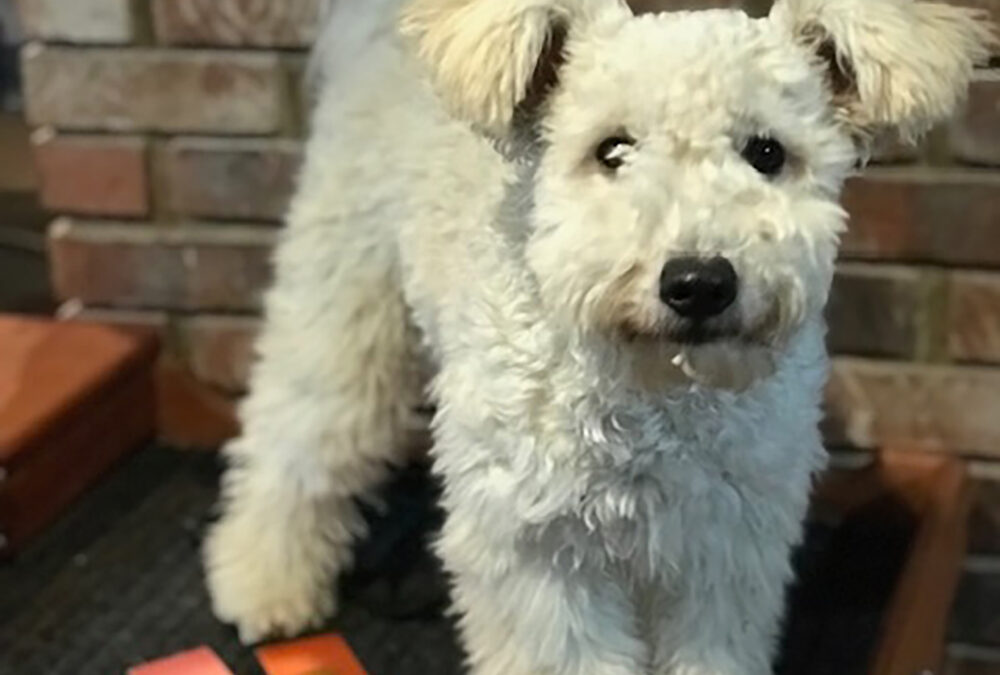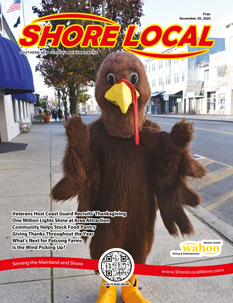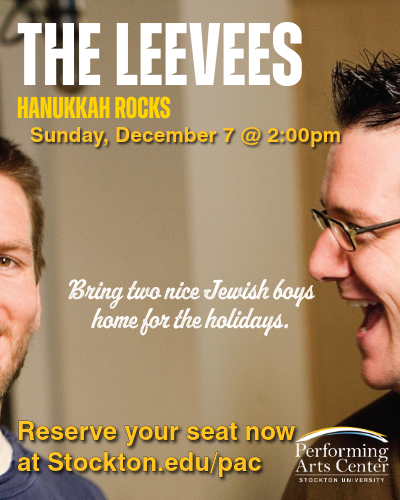By Heidi Clayton
Just a reminder, there is no such thing as a non-shedding dog. However, there are several breeds that are considered “low-shedding.” They have been bred for hundreds of years to produce reliable, low-shedding coats.
One of my favorite low-shedders is the breed known as the Pumi, or Pumik in the plural. When I saw my first Pumi several years ago, it was its absolutely adorable ears that caught my eye. Since then, I have met several Pumik, and I really do like them. The Pumi is a character with lots to offer, if you are up for the task.
The Pumi is a Hungarian breed that has been in existence for roughly 400 years. The oldest Hungarian breed is known as the Puli, which was used centuries ago to move cows and sheep between France, Germany, and Hungary. Hungary’s Carpathian Basin region is known for its rough terrain, where there is little room for grazing flocks and tight roadways on which to move them. Herders decided they needed a light, fast on their feet, and spirited dog for the task of moving the flock in this area. The livestock of this area are also known to be semi-wild since there was little room for actual farmland, so the dog also needed to be courageous enough to handle them. It is believed that these herders used German and French herding dogs to create what is now known as the Pumi. The Pumi was first mentioned in literature in Hungary in 1815. The Pumi was first imported to the U.S. in the 1980s and became a recognized breed in the American Kennel Club in 2015.
Pumi dogs have a dedicated club of followers, who openly admit that they are not sure some days “who owns who.” The Pumi are known to be master manipulators of people. As they were bred to be a herding dog that worked all day, they are a high-energy breed that is becoming popular in the agility world. Breeders of the Pumi openly admit that they are not for everyone. They are sensitive and will not do well in an “angry home.” If emotionally damaged, they will carry the baggage with them for some time. Van Rue of the Hungarian Pumi Club of America states “I liken them to a high-performance Italian sports car: fast, noisy, and some extra maintenance. You will get lots of extra attention. But unlike a sports car, they can turn their drive off and cuddle (mostly upside down) for a blissful hour of pure heaven.” I have seen a Pumi lying upside down with those ears flopped out, and it is one of the cutest things ever.
The Pumi has a distinct corkscrew-looking double coat and a fluffy tail that arches over its back. They are often born with black coats that lighten and turn gray as they age. Their coat consists of a perfect mix of harsh and soft hair that needs occasional combing and will curl right back up after a bath. They are not a large breed with males ranging from 27-29 pounds and girls between 22-24 pounds. What they lack in size, they make up with their charisma and spunk. When a Pumi moves, it does so with energy and quickness. I could watch those ears bounce all day.
While not for those who prefer a couch potato, the Pumik I have met are fun little dogs with gigantic hearts and personalities. Read all about living with a Pumi at https://pumiclub.org/.
If you have any questions, please feel free to email me at heidi@fouronthefloordogtraining.net.
Heidi Clayton started Four On the Floor Dog Training to provide positive, reward-based dog training in South Jersey. She breeds, trains and shows bull terriers under the SoraBully’s Bull Terriers kennel name. Email questions to heidi@fouronthefloordogtraining.net or learn more at https://fouronthefloordogtraining.net
















